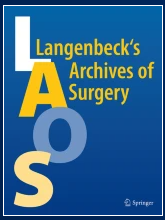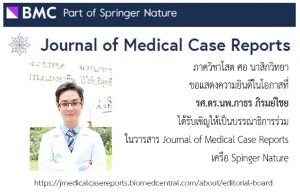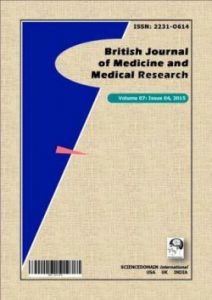Piromchai P, Wijewickrema S, Smeds H, Kennedy G, O’Leary S.
Otol Neurotol. 2015 Jul 17.
Abstract:
The internal anatomy of a temporal bone could be inferred from external landmarks.
BACKGROUND:
Mastoid surgery is an important skill that ENT surgeons need to acquire. Surgeons commonly use CT scans as a guide to understanding anatomical variations before surgery. Conversely, in cases where CT scans are not available, or in the temporal bone laboratory where residents are usually not provided with CT scans, it would be beneficial if the internal anatomy of a temporal bone could be inferred from external landmarks.
METHODS:
We explored correlations between internal anatomical variations and metrics established to quantify the position of external landmarks that are commonly exposed in the operating room, or the temporal bone laboratory, before commencement of drilling. Mathematical models were developed to predict internal anatomy based on external structures.
RESULTS:
From an operating room view, the distances between the following external landmarks were observed to have statistically significant correlations with the internal anatomy of a temporal bone: temporal line, external auditory canal, mastoid tip, occipitomastoid suture, and Henle’s spine. These structures can be used to infer a low lying dura mater (p = 0.002), an anteriorly located sigmoid sinus (p = 0.006), and a more lateral course of the facial nerve (p < 0.001). In the temporal bone laboratory view, the mastoid tegmen and sigmoid sinus were also regarded as external landmarks. The distances between these two landmarks and the operating view external structures were able to further infer the laterality of the facial nerve (p < 0.001) and a sclerotic mastoid (p < 0.001). Two nonlinear models were developed that predicted the distances between the following internal structures with a high level of accuracy: the distance from the sigmoid sinus to the posterior external auditory canal (p < 0.001) and the diameter of the round window niche (p < 0.001).
CONCLUSION:
The prospect of encountering some of the more technically challenging anatomical variants encountered in temporal bone dissection can be inferred from the distance between external landmarks found on the temporal bone. These relationships could be used as a guideline to predict challenges during drilling and choosing appropriate temporal bones for dissection.
http://dx.doi.org/10.1097/MAO.0000000000000824




